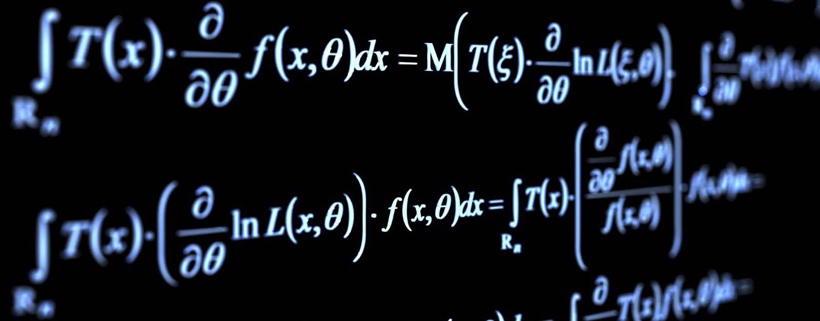
Here’s a list of the best videos that describe the technical details of Bitcoin — they help provide a more advanced understanding of the nuts-and-bolts that make Bitcoin work.
If you’re a non-technical person and don’t already have an idea of what Bitcoin is, it’s probably best to first watch the Top Five Videos that Explain Bitcoin (Fast) as a primer.
The videos below are listed in an increasing order of depth: the further down the list the video is, the deeper the rabbit hole goes. So get comfortable, put on your pocket protector, and get ready to tame the cryptocurrency known as Bitcoin.
How Bitcoin Works in 5 Minutes by Scott Driscoll
Why It’s Good
Short enough to watch on your smoke break at work (but the dude talks fast, so you may need to rewatch some parts — I know I did).
The video has informative graphics that briefly illustrate the mechanics of Bitcoin: decentralized P2P network, digital signatures, and proof-of-work.
How Bitcoin Works Under the Hood by Scott Driscoll
Why It’s Good
Another great video by Scott Driscoll — it’s much slower paced than his previous video, and dives into far more detail, all within 23 minutes.
The video uses simple language and basic animated illustrations to give a great overview of key concepts that make Bitcoin work.
Where It’s Inaccurate
-
0:43 — “… nodes or computers in the Bitcoin network apply that transaction to their copy of the ledger …”
This is a bit of simplification. Nodes relay new transactions to other nodes on the network if the transaction passes basic validation (i.e. if unspent outputs exist, has valid signature, and is not a double spend). However, They do not permanently apply new transactions to their own ledgers at that moment.
New transactions are applied after a miner “finds a block” and broadcasts it across the network. At that point, nodes add that block of transactions to their own ledger (a.k.a blockchain). This is explained in more detail later in the video.
-
18:16 — “Every four years the block reward is cut in half …”
The block reward is cut in half for every 210,000 blocks that are found — four years is just about the estimated time it takes (6 blocks/hour * 24 * 365 * 4 = 210,240).
Khan Academy – Bitcoin Course by Khan Academy
Why It’s Good
Khan Academy is a renowned online educational organization, and their 7 video Bitcoin lecture series gives a lot of information on the Bitcoin protocol at a more relaxed pace. The lecturer, Zulfikar Ramzan, does a great job describing the details Bitcoin using a virtual blackboard and language that isn’t overwhelming filled with technical jargon.
Where It’s Inaccurate
-
Overview at 4:45 — “… and the remaining 2 bitcoins are going to be a transaction fee …”
This example transaction is not the best example: a 2 bitcoin transaction fee is a huge fee that most people would never volunteer to pay. Currently, a typically bitcoin transaction fee is .0001 BTC per transaction, or the equivalent of a few cents (in USD).
References and additional reading
-
Bitcoin Protocol Spec on the Bitcoin Wiki
-
How the Bitcoin protocol actually works — Michael Nielsen


